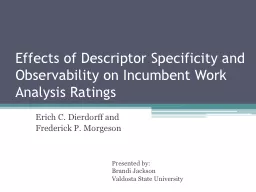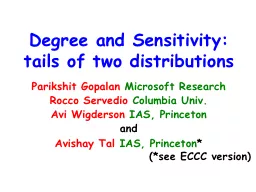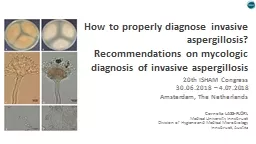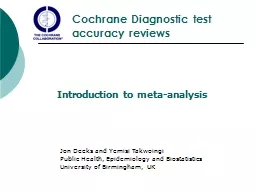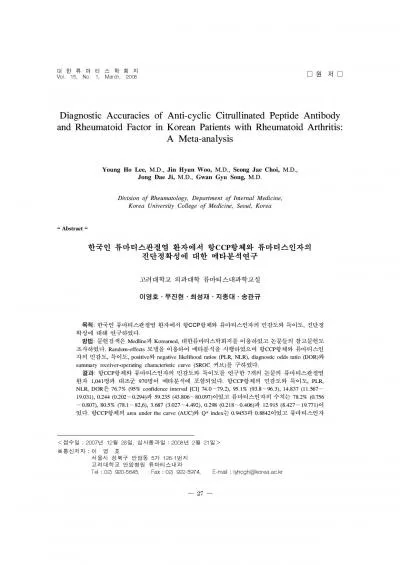PPT-Sensitivity and Specificity
Author : conchita-marotz | Published Date : 2018-01-06
Mirella Fraquelli UO Gastroenterologia 2 Fondazione IRCCS Ca Granda Ospedale Maggiore Policlinico Milan DIAGNOSIS the pathway of a diagnostic test from bench to
Presentation Embed Code
Download Presentation
Download Presentation The PPT/PDF document "Sensitivity and Specificity" is the property of its rightful owner. Permission is granted to download and print the materials on this website for personal, non-commercial use only, and to display it on your personal computer provided you do not modify the materials and that you retain all copyright notices contained in the materials. By downloading content from our website, you accept the terms of this agreement.
Sensitivity and Specificity: Transcript
Download Rules Of Document
"Sensitivity and Specificity"The content belongs to its owner. You may download and print it for personal use, without modification, and keep all copyright notices. By downloading, you agree to these terms.
Related Documents





